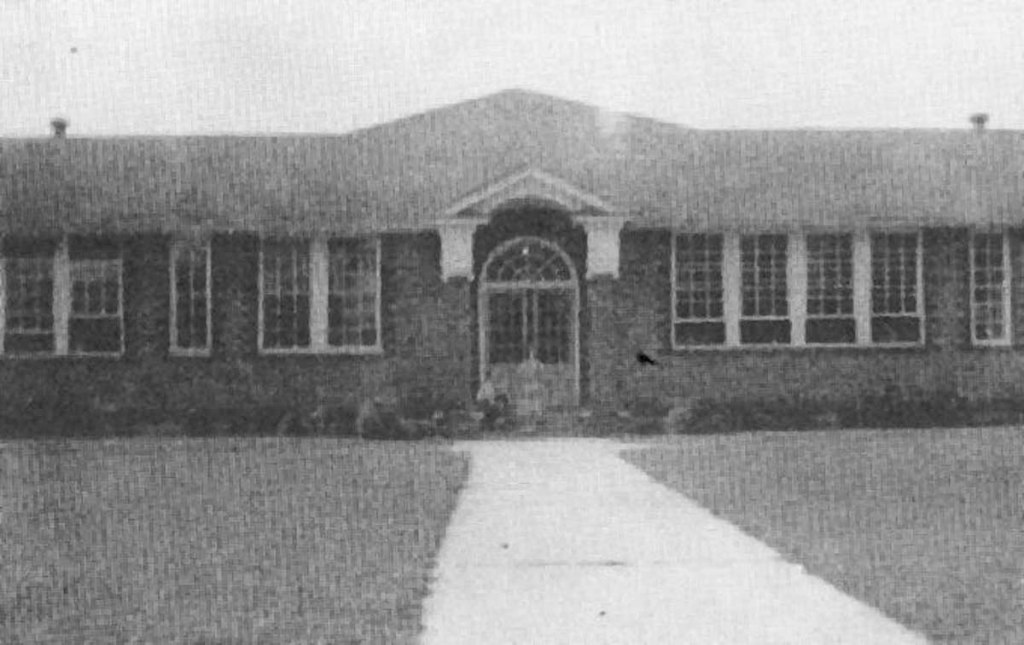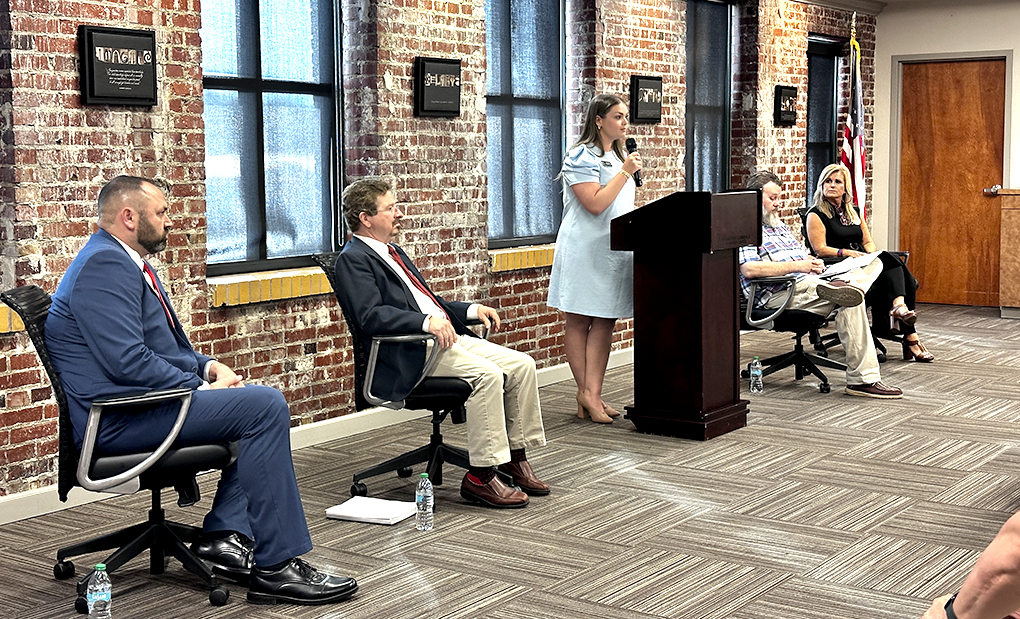A history of Hanceville schools
Published 5:15 am Saturday, September 27, 2014

- Hanceville High School in 1953.
In continuing our look at the history of Cullman’s historic schools we bring you the History of Hanceville Schools. A comprehensive study into this history was done by Pam Coppedge-Reid, who shared this informative and interesting piece about how the schools of Hanceville evolved over the years.
According to Reid’s research, Hanceville schools began in a log dwelling on the F.W. Knight farm. Reid’s studies did not turn up a specific date. Later, in 1873, a log school was built on the corner across from the Catholic Church. Professor Richardson taught there.
Trending
By 1887, a frame building located where the Methodist Church now stands replaced the old log church. The population of the city was growing, creating the need for a larger building with two teachers instead of one. The first chosen were John Gassett and Miss Kitty Holland.
By 1930, another school was being constructed. This beautiful building was called Hanceville Academy. Local citizens volunteered their time and skills to insure that their children and others in the community would have the benefit of good educations.
The two-story structure held three classrooms downstairs with an auditorium upstairs.
Approximately 150 students attended Hanceville Academy. Teachers included Miss Ommie Allredge, who instructed students in the art of expression, or how to speak.
Yancy A. Adams was the principal. The teachers at the Academy included Alice Hicks, Emmie Alldrege Smith, Mrs. David Lamont, and Ruthie Scott. James Curtis was hired as a physical education teacher.
Children and teens were often seen playing basketball, using the goals in front of the school. Baseball was played in Scholoff’s pasture next door. Children who lived in town went home to eat their lunches.
Trending
Due to the turning of political tides, voters elected to keep the school under the auspices of Cullman, which left Hanceville without a school for the next 20 years.
According to Reid’s study, parents who wished for their children to attain a high school education sent them to the County High School in Cullman.
Since the L&N railroad ran just east of Hanceville, students were able to catch the Accommodation, which made daily trips from Birmingham to Decatur. According to research, there were about 71 children who rode the train.
Hanceville students would also try to catch the mail wagon from the Post Office on Hwy, 31 to ride to the depot in Steppville. Missing the mail wagon meant a long walk.
According to Reid’s research, students arrived a 9 a.m. after other classes at Cullman High had started. They left at 4 p.m. to catch the train. The teachers had to teach an extra class to accommodate the group of train riders.
Lunches were fifteen cents per student. For only five cents they could eat a hamburger from the stand belonging to Tony Wise, which was located beside the depot.
In 1920, the “Mother’s Club” which was the predecessor to the Hanceville PTA, was organized through the efforts of the principal of the school, Mattie Owens.
This organization started out with a dozen concerned mothers. They began to plan for a new building which would replace the Academy, thereby fulfilling the dream of having Hanceville’s very own accredited high school.
As we have seen in previous articles in this series, in those days it was necessary and customary for the community to raise money for their own school. With a lot of creativity, hard work and determination the funds were secured to build the school.
Finally, in 1923, construction began on the new building where the present Hanceville Middle School is located. The building contained eleven classrooms and an auditorium.
At long last, in October 1923, students in the first through the junior high grades were able to move into their new school.
Records show that the building cost the community $20,000. A parade of automobiles, mules and wagons loaded up everything at the Academy and made a great procession which took all the furnishings from the Academy to the new school.
According to Reid, the school then added a grade each year from that time until those first students graduated. The 1928-29 school year saw the first class of seniors graduate from Hanceville High School.
That same year a bus was purchased by the County Board which brought children from the schools at River Bend, Oak Grove and White City to Hanceville. Pruett Holland served as principal from 1924-26.
John Fletcher Wade was principal from 1924-36.
A vocational agricultural training class was added to the curriculum, requiring a new brick building to house it. E.S. Collier was the Vo-Ag teacher who taught students how to work their own fields, care for and repair farm machinery and do woodworking. This building is still in use for the same purpose today.
1936 brought the WPA to Hanceville, where the government workers erected a new elementary school. The stately building currently houses the lower elementary students.
Reid found that due to the efforts of the Culture Club of Hanceville, the Hanceville Garden Club and the local PTA, the grounds of the Hanceville school complex was landscaped and play equipment was installed.
During the ’20s and ’ 30s, the town’s social activities revolved around the school. The Halloween carnival for grades 1-12 was the big social event of the year. Another annual event that involved the town and the school was the annual Thanksgiving football game between rivals Cullman and Hanceville. Games were played in the daytime because there were no lights. In the spring, there was the May Pole dance on May 1.
In the 1930s, there were only enough students to warrant one teacher per classroom. But by the time 1940 rolled around, there was rapid growth, requiring two teachers for the sixth-grade class.
Many Hanceville families took in teachers as boarders, writes Reid. Eventually, the McNutt family purchased a small house behind the Baptist church (at that time) and turned it into a teacherage.
Many teachers went without pay during the Depression years. They were paid in what amounted to IOUs, which they cashed in later years.
Students came to Hanceville schools from several feeder schools, such as Center Hill, Garden City, Walter, White City, River Bend and Oak Grove.
This research was originally submitted for use at the Peinhardt Farm Day by Pam Coppedge Reid. Edited for publication in The Cullman Times by Loretta Gillespie.




